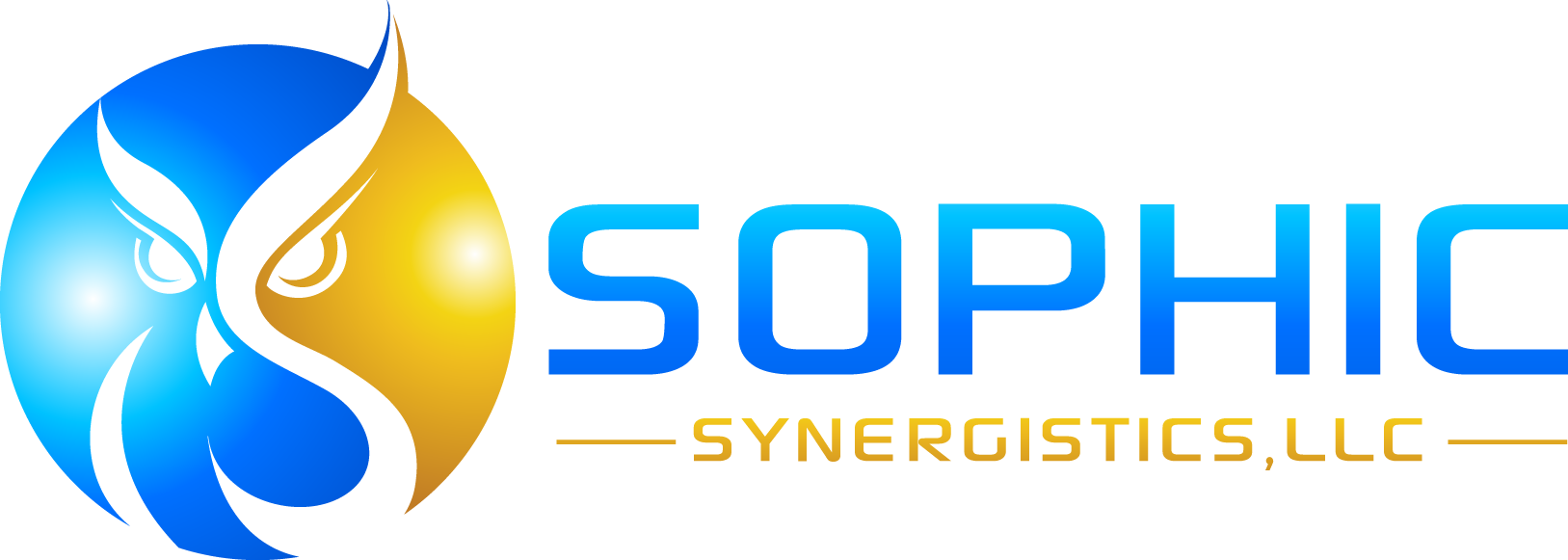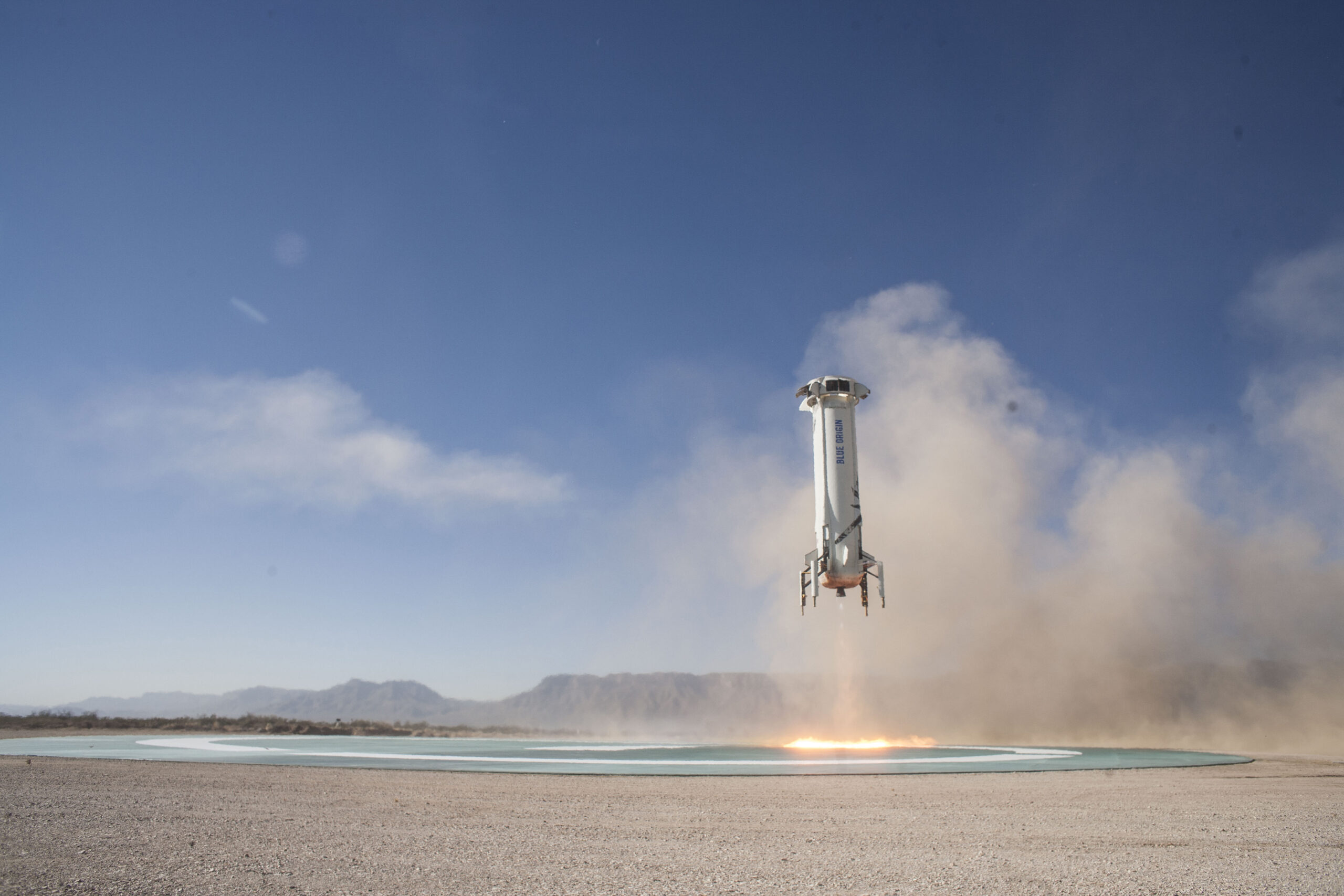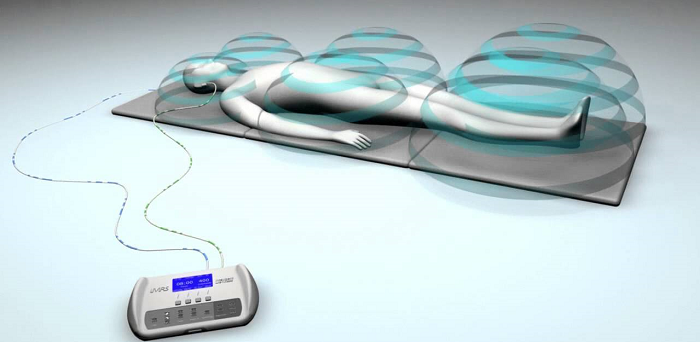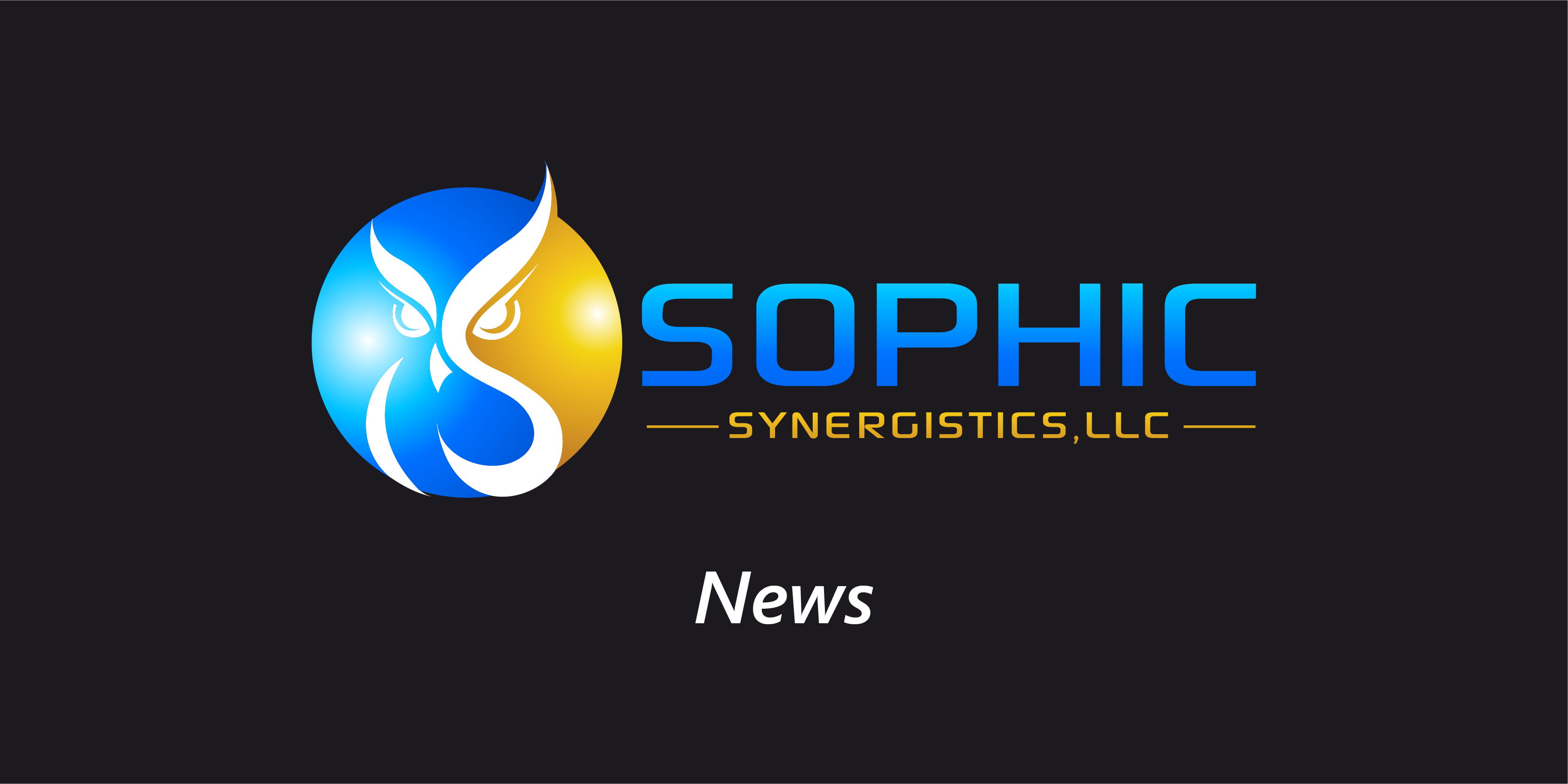“New Shepard N7” by NASA Flight Opportunities is licensed with CC BY-NC 2.0. To view a copy of this license, visit https://creativecommons.org/licenses/by-nc/2.0/
Human spaceflight is entering a new era. Private astronauts will be launched into space by commercial space companies this year including one company’s own chief executive. Jeff Bezos of Blue Origin will be one of four passengers that include his brother, an auction winner, and a yet to be announced guest aboard the first human passenger flight of Blue Origin’s New Shepard. The flight will last a total of 11 minutes, including three minutes of weightlessness once they reach the Kármán line 62-miles-above sea level. This first human flight for New Shepard will be monumental for commercial space travel as the passengers are not professional astronauts and there will be no pilot onboard. New Shepard is an automated vehicle and does not require the private astronauts to take an active role in flight operations. This leaves more time for other activities such as sightseeing, science, or technology demonstration depending on the purpose of the flight. The vehicle’s automated systems limit the crew’s operational role and emphasizes the need for extremely reliable and robust systems that work and perform as designed. This level of automation requires a comprehensive understanding of Human-Centered Design principles and a design strategy focused on human system integration.
Human-centered design (HCD) is vital to the success of automated technologies especially those utilized for human spaceflight. The vehicle and the humans aboard must be prepared to endure launch, operate in the vacuum of space, accomplish mission objectives, and re-enter the atmosphere and land safely. While the crew may not be actively piloting New Shepard, they will be expected to interface with many flight displays to successfully complete mission tasks. This is not as straightforward as it may sound. Interacting successfully with technology requires a design that provides information to the operators in an easily understood manner, enabling them to make decisions and take appropriate actions at the right time. Spaceflight is especially challenging with respect to interface acceptability because the operator is changing over the course of the mission due to unique exposures.
The major spaceflight exposure of interest for this first private astronaut flight on New Shepard is microgravity. It will be important for the private astronauts to be familiar with provocative or unexpected experience. They will need to be exposed to various g-levels using simulators such as centrifuges and parabolic flight. These exposures will provide the sensations they may experience during various stages of the flight such as headward fluid shift and motion sickness. Data from these pre-flight experiences will assist in a personalized approach for treatment if needed for common issues such as motion sickness. While unlikely to be serious during New Shepard’s short exposure to microgravity, motion sickness can make any trip uncomfortable and detract from the amazing experience. In fact, many of the early adaptive responses to spaceflight can influence functions such as reaction time, eye/hand coordination, and standing and walking post flight. The HCD approach includes assessment of how the human will change and adapt during the mission and inform vehicle and mission design.
Sophic’s approach to HCD encompasses a variety of disciplines and techniques to assess and ensure effective design through comprehensive human system integration including human safety, usability principles, and human adaptation expertise for spaceflight. This approach achieves optimized solutions for both the user and the project teams and ensuring successful and safe missions every time!






